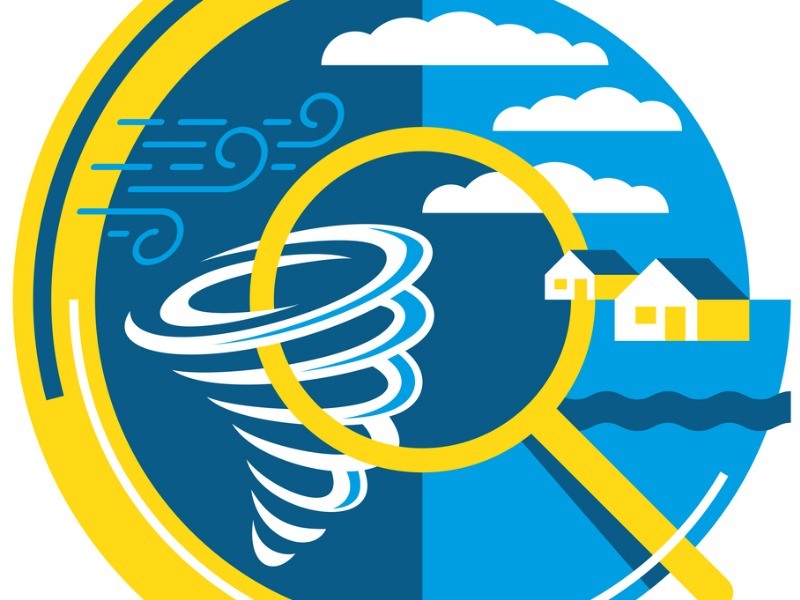Canada’s Nat Cat risk on insurers’ radar

Total 2023 insured losses for catastrophes in Canada didn’t break records, but the total number of events did, according to Aon’s Spring 2024 Insurance Market Update Canada report.
“July and August alone accounted for more events than Canada had previously experienced in an entire year,” the report said. It noted elevated temperatures and abnormal rainfall patterns led to the year’s unprecedented wildfire season that burned approximately 45.7 million acres – nearly three times the previous record.
“Flooding also significantly impacted regions across Canada, most notably the July flooding in Nova Scotia resulting in over $257 million CAD in losses,” the report added.
Those 23 events resulted in a total of $3.5 billion CAD in catastrophe losses.
While Canada’s experience was significant, the report pointed out catastrophic losses on a global scale reached $380 billion in 2023, up from $355 billion in 2022. Plus, the number of individual billion-dollar economic loss events reached a record 66 — which translated to 37 individual billion-dollar insured loss events.
“Tropical cyclone, severe weather and flooding were the largest loss contributors with severe convective storm[s] contributing to around 60%…of the global annual total. 2023 also marked the warmest year on record with 24 countries and territories either breaking or tying their temperature records,” Aon’s report said.
Connecting to capacity
In light of those high global numbers, the upshot for clients is that Canada remains a strategic market for London, where insurers are “communicating large growth ambitions.”
“London markets are looking to diversify their global portfolios,” the report added. “Canada is seen as an attractive investment due to our relatively low Cat exposure. As the market is transitioning, it is important to be cognizant of relationships with London markets.”
Depending on exposures, Aon noted having a sizable involvement in London capacity can be a long-term investment in a company’s risk management strategy as it typically remains available during more challenging market conditions.
While not yet returning to 2022 levels, Aon noted that conditions for reinsurance are stabilizing, with capital coming back to the market. The report said that during the first nine months of 2023, global reinsurer capital increased by $45 billion due largely to retained earnings, recovering asset values, and catastrophe bond market inflows.
Regarding property catastrophe, reinsurers are imposing higher retentions which means primary insurers are retaining more Cat losses. This stretches insurer catastrophe budgets and Aon expects this to influence behaviour during 2024.
“Canadian casualty business continues to command support among reinsurers,” Aon said. “However, there are concerns about cross-border exposures, systemic issues such as per-and polyfluoroalkyl substances [also called forever chemicals] and auto theft, and the potential for social inflation to seep into Canada and increase loss trend.
“Reinsurers will scrutinize all these issues. Buyers’ and sellers’ expectations are much better aligned than a year ago, but market conditions could swing toward further hardening or softening depending on how certain key issues develop, such as natural catastrophe activity and inflation.”
Feature image by iStock.com/Dmitry Kovalchuk







